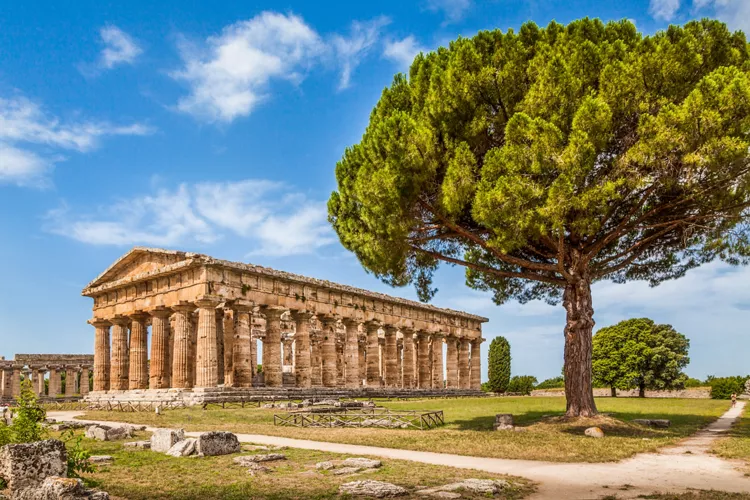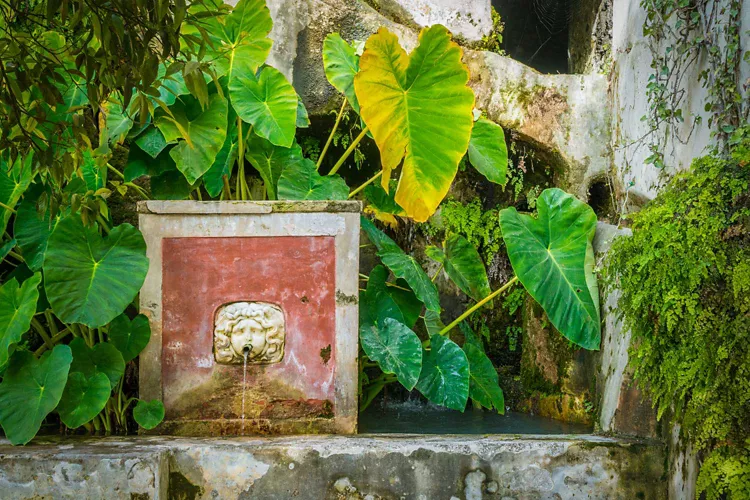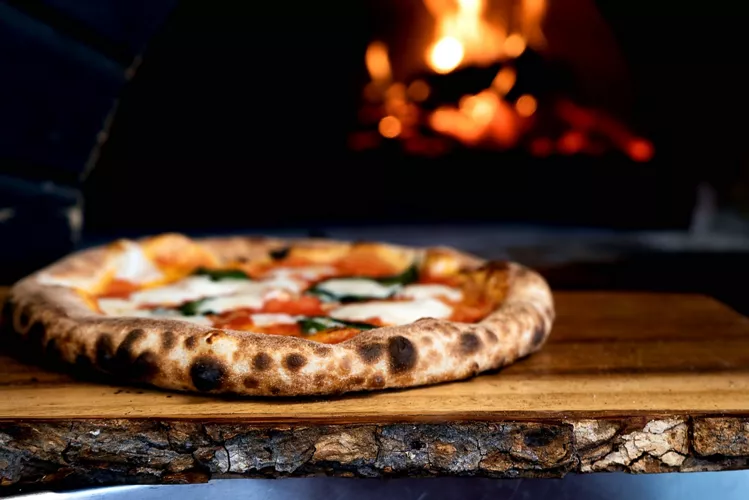Campania offers landscapes, history, culture, and a gastronomic tradition that the whole world envies
A consistently mild climate, lush nature framing breathtaking landscapes, unspoiled villages, and fairy-tale coastlines: this is Campania, a region that sums up centuries of cultures, between West and East, in a single Mediterranean jewel known for its unparalleled hospitality. A destination for the soul, the eyes, and the palate.
1. Origins and historical notes on Campania

The first presence of man in Campania date back to the Middle Palaeolithic, i.e. the time of Neanderthal man, then – it was the 1st millennium BC. – it was inhabited by some Indo-European populations such as the Oscans, the Aurunci, the Ausoni, the Sidicini, and the Samnites, then came the Etruscans, who occupied the Campania countryside, and the Greeks, who made the coastal strip a colony.
The main Etruscan center was Capua, while the first Greek settlements gave rise to centers such as Pithecusa (Ischia), Kyme (Cuma), Parthenope first and then Neapolis (Naples), Dikaiarcheia (Pozzuoli) and Poseidonia (Paestum).
Campania, therefore, became one of the most important cultural centers of Magna Graecia.
In the history of the region, eruptions of the volcano Vesuvius were frequent: the most violent was that of Pompeii and Herculaneum in 79 AD, which caused the destruction of the cities of Herculaneum, Pompeii, Stabia, and Oplontis, whose ruins, buried under layers of pumice, are today an archaeological area of great value.
Of particular importance was also the rise of the Norman dynasty, during which Campania experienced a period of political unity under the Kingdom of Sicily. Later, with the succession of the dynasties of the Angevins, the Aragons, and especially the Bourbons, the Kingdom of Naples became one of the main economic, cultural, and artistic centers of Europe.
2. Campania’s main cities

It is not easy to choose where to start discovering the many wonders of this region, although starting from Naples is certainly a must. Rising in the shadow of Vesuvius, which is worth at least one excursion, and bathed by the waters of the gulf of the same name, it is one of the most visited and loved cities in the world.
It is impossible to stay here and not see its archaeological sites – Pompeii, Herculaneum, and the Campi Flegrei – or not pay a visit to the National Archaeological Museum of Naples, which houses some of the most precious artifacts of its past.
As the third most populous city in Italy, and characterized by a great variety of landscapes, Naples has a historic center that has been declared a UNESCO World Heritage Site thanks to a large number of priceless buildings, starting with the Royal Palace of Naples, which for centuries was the center of power for the whole of southern Italy, and the Castel dell’Ovo di Napoli, the oldest fortress in the city.
Nor should you miss Salerno, the gateway to the stunning Amalfi Coast. Known the world over for the Salerno Medical School, Europe’s first medical institution, it has a rich historic center and a long seaside promenade. In its gulf, you will find the amazing Paestum, which, with its temples, is now a UNESCO World Heritage Site as the best-preserved archaeological site.
Caserta is another important point of interest, a tourist destination attracted by its remarkable artistic, historical, and cultural heritage: here you will see magnificent churches, palaces, and abbeys, but above all, you will see the Reggia di Caserta.
A UNESCO World Heritage Site, it was built at the behest of Charles Bourbon who entrusted the task to the architect Luigi Vanvitelli and is one of the largest architectural complexes in Europe. I
n the end, Pozzuoli, a fascinating town in the Campi Flegrei area rich in history and art, is also worth a visit
3. What to see in Campania: 6 unmissable stops

Start in Cilento, in the province of Salerno, which will captivate you with its coastline and inland landscape. Much of its territory falls within the Cilento, Vallo di Diano, and Alburni National Park, which protects the area’s rich natural heritage.
Don’t miss the island of Ischia, which became famous in the 1950s thanks to entrepreneur Angelo Rizzoli and is internationally renowned for its beautiful beaches and thermal waters.
Talking of exclusive places, you should certainly visit Capri, the most sought-after destination for VIPs who love to party in the bars of the famous Piazzetta.
Between big brand shops and expensive restaurants, inns, and artisans, Capri offers breathtaking views of the Faraglioni, the Bay of Naples, and the Gulf of Salerno.
A must-see is the entire Amalfi Coast, which stretches between the Gulf of Naples and the Gulf of Salerno and comprises 16 municipalities in the province of Salerno, including the beautiful Amalfi.
A natural balcony overlooking the blue sea and the slopes of the Lattari mountains, between beaches and terraces cultivated with citrus fruits, vines, and olive trees.
History lovers will certainly not be disappointed by Campania and can set out on the trail of ancient Roman civilization, visiting the vast archaeological area of the Campi Flegrei in the Gulf of Pozzuoli, or the magnificent archaeological sites of Pompeii and Herculaneum in Naples.
4. The unusual places of Campania: 2 destinations for the curious

If you like to get off the tourist track, look for the Casa Vanvitelliana, a delightful building from the Bourbon era in a hunting and fishing area within the park on Lake Fusaro in Bacoli.
Equally fascinating is the Giardino della Minerva, a botanical garden in the historic center of Salerno that, during the Middle Ages, was an open-air teaching laboratory for students of the Salerno Medical School.
5. Typical products from Campania: 5 delicacies to taste

Flavourful and genuine like the people of Campania, the cuisine of this region knows how to seduce with gusto: does pizza ring a bell?
Try the elongated San Marzano tomato, perfect for peeled tomatoes and tomato sauce, or the Piennolo del Vesuvio DOP tomato, a variety grown exclusively on the volcanic slopes of Vesuvius.
Cheese lovers will appreciate provolone del monaco, a buttery-tasting pasta filata cheese, as delicious as the famous buffalo mozzarella from Campania that the whole world envies.
Lots of delights for the palate, to be washed down with the area’s much-appreciated wines: starting with Greco di Tufo, the much-loved DOCG dry sparkling wine produced in eight municipalities in the province of Avellino.
6. Events in Campania: Candlemas Festival

Of the events held in Campania, of particular interest is the Candlemas Festival, a religious festival commemorating the presentation of the Lord in the Temple and the rite of purification of the Virgin Mary 40 days after the birth of Jesus.

